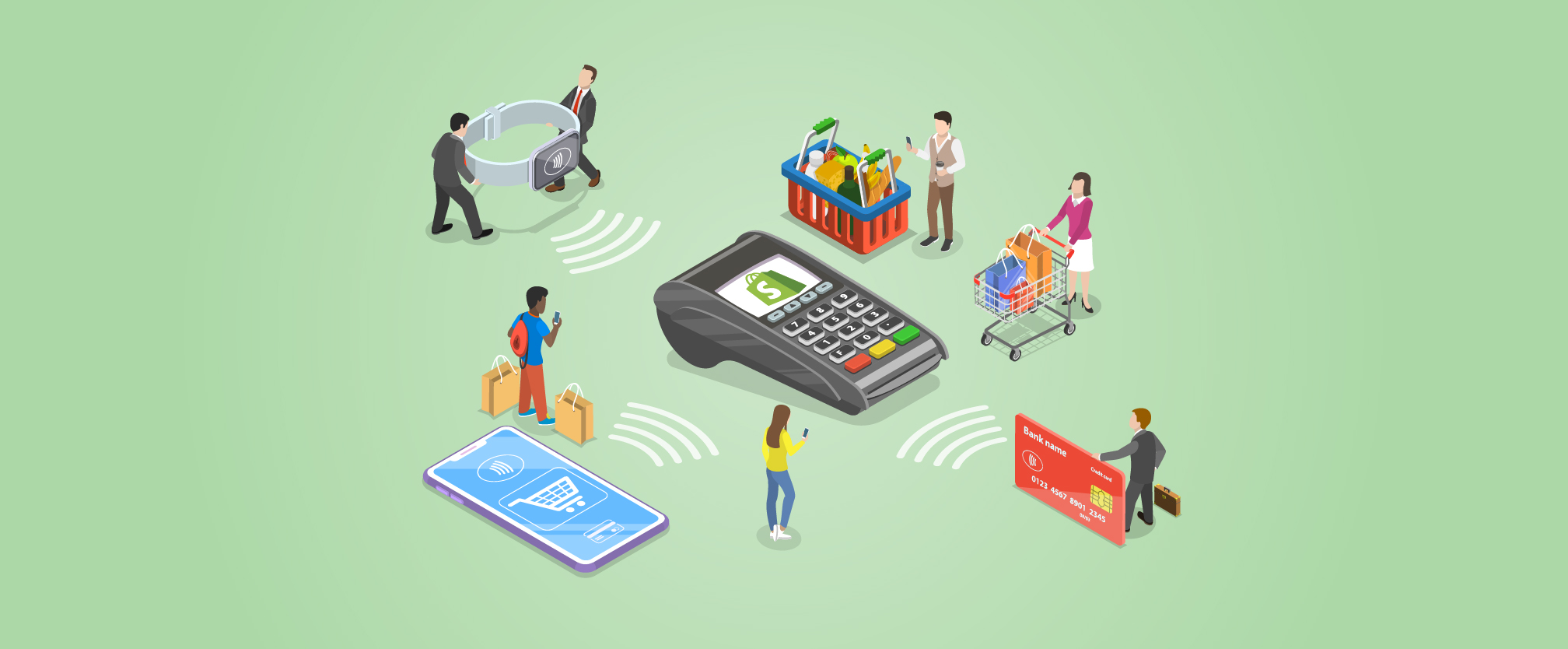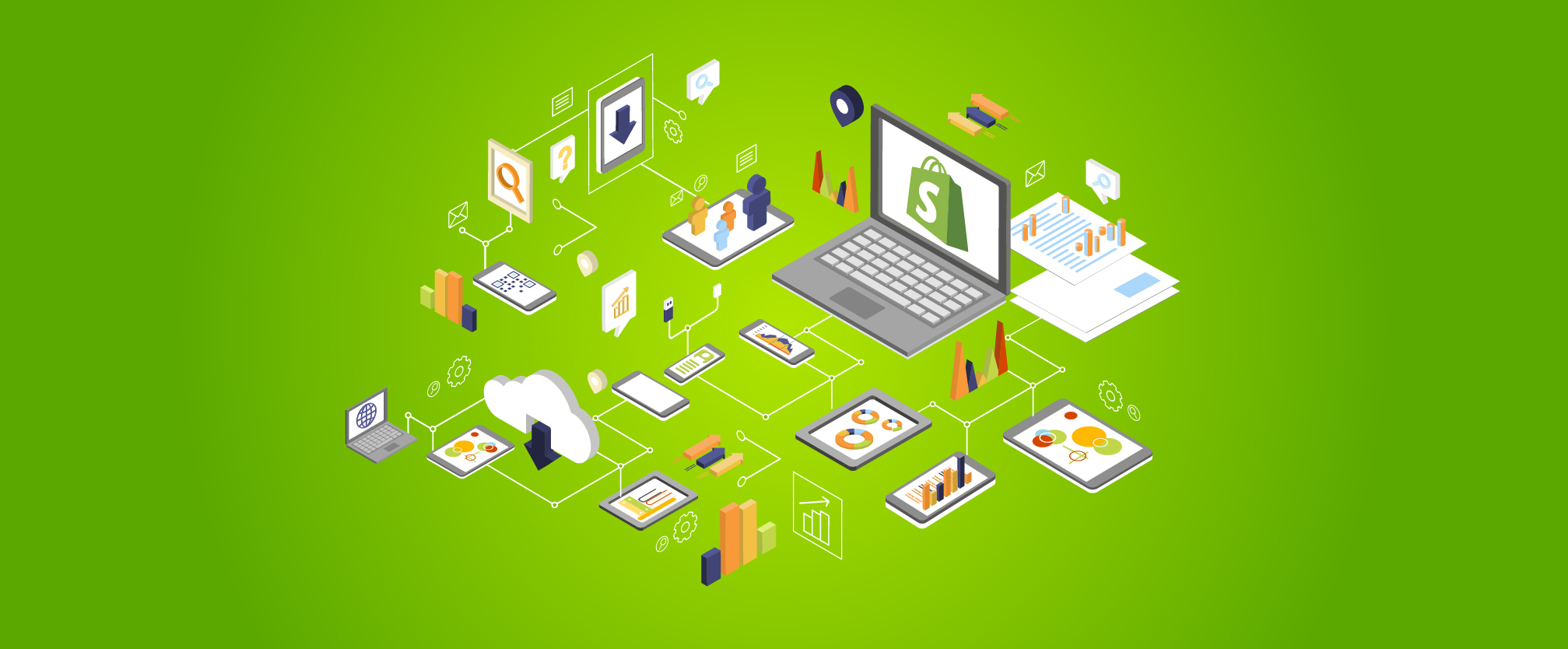Shopify Lightspeed Integration is a key method to address the problem of management. With the emergence of point-of-sale software, integrating point-of-sale (POS) systems may be relatively new to some merchants and businesses. However, the outstanding benefits that it brings are undeniable; thereby, integrating point-of-sale management software is becoming prevalent in businesses.
To understand what point-of-sale integration is and how to integrate Shopify into the Lightspeed POS system, let’s delve into this article.
What is Lightspeed’s market share?
![The Complete Guide To Shopify Lightspeed Integration - [ Updated 2024 ] 7 what is lightspeed](https://www.beehexa.com/wp-content/uploads/2024/01/beehexa_image-21.png)
Lightspeed is more than just retail POS software; it’s a store management system that will help you run every aspect of your business. From inventory management to data analysis, sales processing, and employee management, Lightspeed’s cloud-based point-of-sale software empowers you to control your physical shops and online stores directly on the same system.
According to Enlyft, Lightspeed holds a market share of 7.77% in the POS industry, with over 2,7K customers in the Netherlands, 2,5K customers in the US, 925 customers in Canada, and nearly 1K customers worldwide.
Overall, Lightspeed has gained significant traction in the POS industry, with over 10,406 companies reported to be using their services worldwide, according to the available data.
Why do we need Shopify Lightspeed integration?
Since the COVID-19 pandemic, almost all merchants or restaurants have operated offline and online, adapting to the fast-changing market. However, managing separate orders, products, prices, and other data on Lightspeed and Shopify is difficult, such as:
- Duplicated, missing, or wrong data due to manual processes
- Orders, products, or inventory is not updated in real-time
- Over workloads when running the promotion campaigns
![The Complete Guide To Shopify Lightspeed Integration - [ Updated 2024 ] 8 shopify lightspeed integration](https://www.beehexa.com/wp-content/uploads/2021/09/123.jpg)
The Lightspeed POS system has advanced features that allow merchants to secure, grow, and manage their business across e-commerce channels.
If you are running your e-store on Shopify, then LightSpeed POS offers you superior features such as inventory management, order, and customer information management, and email marketing campaigns automatically;… to save you both time and resources. Thus, for merchants who are doing business on the Shopify platform and using Lightspeed POS’s sales management system, integrating the two platforms is the key to keeping their businesses under control.
As for businesses looking to upgrade the customer experience between the online and offline sales channels of their online store, the combination of Lightspeed POS and Shopify is also very reasonable.
How to integrate Lightspeed with Shopify?
Implementing Shopify Lightspeed Integration is quite difficult and requires the implementer to have experience with them and knowledge of integration. If you have coding skills, you can use APIs (web APIs, SOAP APIs, and REST APIs) to access and connect data. On the other hand, if you are not an expert, seek to work with the third-party integration platform to configure mapping and triggers between Shopify and Lightspeed.
Let’s look at the top three approaches for implementing Shopify Lightspeed Integration.
Custom integration tools
![The Complete Guide To Shopify Lightspeed Integration - [ Updated 2024 ] 9 Custom integration tools](https://www.beehexa.com/wp-content/uploads/2024/02/beehexa_image.png)
A “custom integration solution” refers to software designed to connect and transfer data between Shopify Lightspeed and other systems or apps. This approach is appropriate for programmers who can write custom code, APIs, and other tools for building customized integration software. Building a unique integration solution often entails understanding the business’s requirements, creating a solution that fulfills those requirements, and then implementing, testing, and providing the solution. Custom integration solutions enable enterprises to connect their technical ecosystems with specific requirements, creating a more coherent and agile operating environment.
Open-source middleware
![The Complete Guide To Shopify Lightspeed Integration - [ Updated 2024 ] 10 Open-source middleware](https://www.beehexa.com/wp-content/uploads/2024/02/beehexa_image-1.png)
For those seeking a flexible and cost-effective integration solution, open-source middleware stands out as a compelling option. An open-source middleware is released under an open-source license, which allows users to access and modify the source code. This solution is suitable for businesses that have the technical expertise and resources to build and maintain an integrated solution. By using open-source middleware, the business can facilitate a common environment for communicating and transferring data with other systems.
Ipaas Integration platform
![The Complete Guide To Shopify Lightspeed Integration - [ Updated 2024 ] 11 hexasync integration platform account](https://www.beehexa.com/wp-content/uploads/2024/02/beehexa_image-3.png)
At the forefront of modern integration solutions is iPaaS, which stands for “integration platform as a service.” It is a cloud-based integrated solution offered by third-party integration providers that build and set up an integration platform based on unique customer requirements. This solution is appropriate for enterprises of all sizes that need to combine several systems and apps without coding experience.
Before adopting Shopify Lightspeed integration using an iPaaS integration platform, enterprises should conduct extensive research and contact a reputable provider. Discuss and create a cohesive strategy that suits the needs and budget of the business, then sign up for and use their service.
How to sync product data from Lightspeed to Shopify by HexaSync integration platform?
Step 1: On the Lightspeed dashboard, click New Item.
Step 2: Fill out all product information → Save changes
Step 3: Go to Shopify dashboard → All products → Sort (update new first) → Check new product
As you can see, the new product has been successfully updated from Lightspeed to Shopify.
How to sync sales orders from Shopify to Lightspeed by HexaSync Integration platform?
Step 1: On the Shopify backend, create a new order.
Step 2: When we are done, we will get an order number, for example, #1045.
Step 3: Go to Lightspeed → Sales → Sales History.
We can see that the new order has been synced from Shopify to Lightspeed in real time.
How to register a HexaSync Profile?
Step 1: Create a HexaSync Account using your email address
- Visiting link: https://app-az.hexasync.com/login
- Sign up for an account by entering your email address → Login. (Or you can also sign up with Microsoft or Google.)
- Fill in the information, including your name and company name
- The OTP code will be sent via email. Copy that OTP code → Submit
So, you have successfully registered an account on HexaSync.
Step 2: Creating a HexaSync Profile
- To create a new profile, click the (+) button
- Choose the Source System and Destination System according to your requirements
- Click Next, and you have successfully created a HexaSync Profile
Note: If you need multiple HexaSync profiles, repeat the same steps.
Step 3: Share the profile with the HexaSync team
- Select the HexaSync Profile you want to share
- Invite HexaSync’s team via email at [email protected] to manage your integration, following the instructions in the image below
![The Complete Guide To Shopify Lightspeed Integration - [ Updated 2024 ] 25 beehexa share profile](https://www.beehexa.com/wp-content/uploads/2024/02/beehexa_share-profile-1024x319.png)
As soon as completing the Shopify Lightspeed Integration process, you can log in to the HexaSync account to monitor the data. Users can see exactly how the order data transfers from Shopify to Lightspeed. So, you can even detect problems during the integration process and handle them promptly if they need to be more technical.
![The Complete Guide To Shopify Lightspeed Integration - [ Updated 2024 ] 26 hexasync back end](https://www.beehexa.com/wp-content/uploads/2024/02/beehexa_image-4.png)
Final Words
It is very difficult to manage products in each store without the support of software. Not only that, managing cash flow, customers, employees, and time for online and offline business is more challenging. Thus, deploying Shopify Lightspeed integration can help you handle difficulties. We hope this article is helpful, and if you have any questions, please feel free to contact us.




